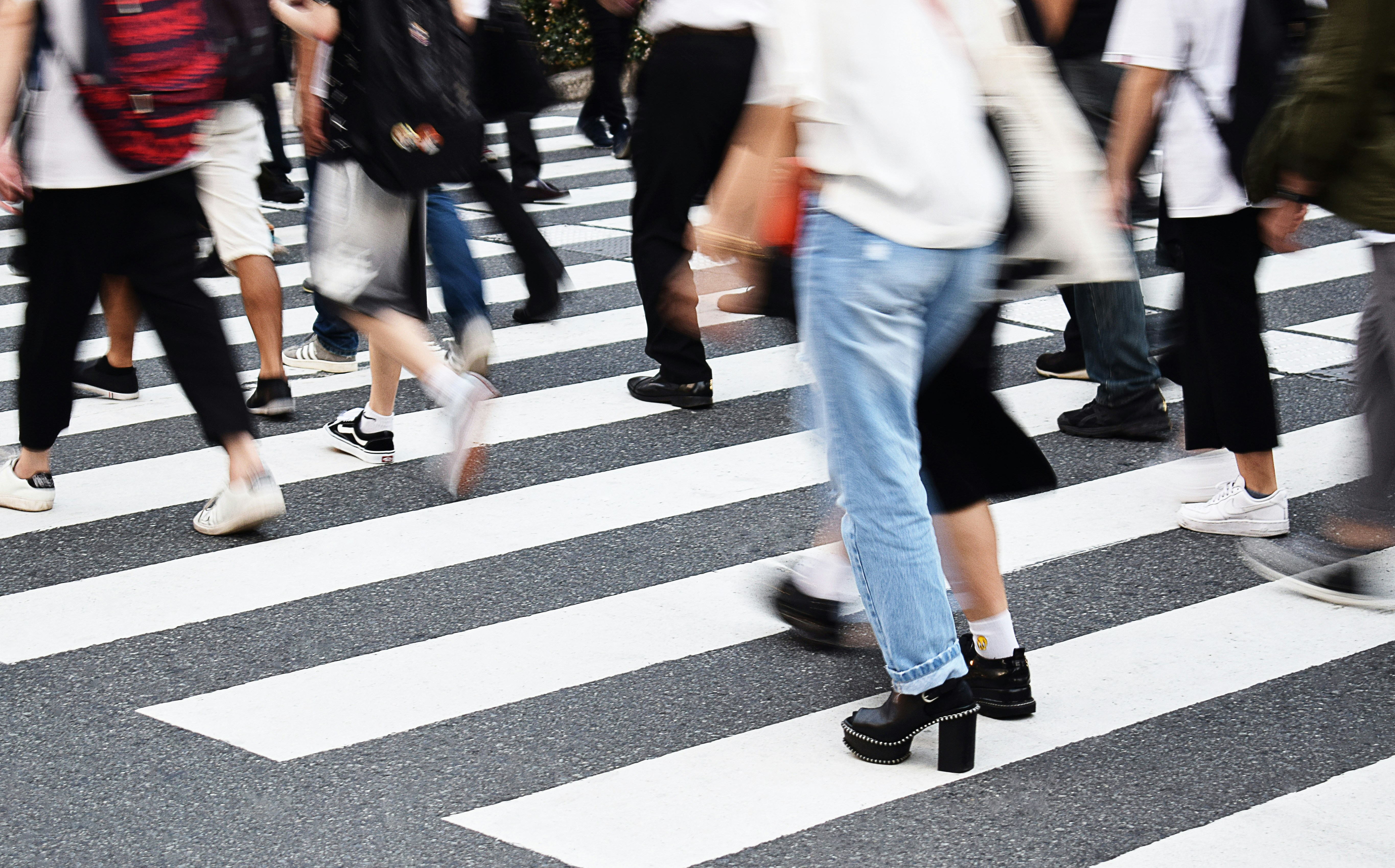Media release
From:
Evaluating exposure to vehicle pollutants using physics-informed immersive reality models
Air quality plays a key role in the health and wellbeing of society. Despite the electric vehicle transition, harmful emissions persist through the release of small particles from brakes, tires and roads, into the air we breathe. Using detailed computational models, we reveal the dispersion mechanisms and exposure risks to these unregulated, non-exhaust pollutants for pedestrians. A virtual urban environment was built from these models, and health guidance was communicated to the public using virtual reality. By making these pollutants visible, this immersive approach allowed people to re-think how to navigate urban spaces and reduce their exposure.
Something in the air - A virtual reality Birmingham street could raise awareness of particulate pollution from car brakes and other non-exhaust sources. Scientists simulated how PM2.5 and other pollutants are generated and spread while braking, finding exposure was highest at the end of braking zones (the same areas pedestrians gather at bus stops and road crossings), and when deceleration was above 3m/s. Using virtual reality could teach people how to navigate urban areas to reduce pollution exposure, say the authors. Royal Society Open Science



 International
International



